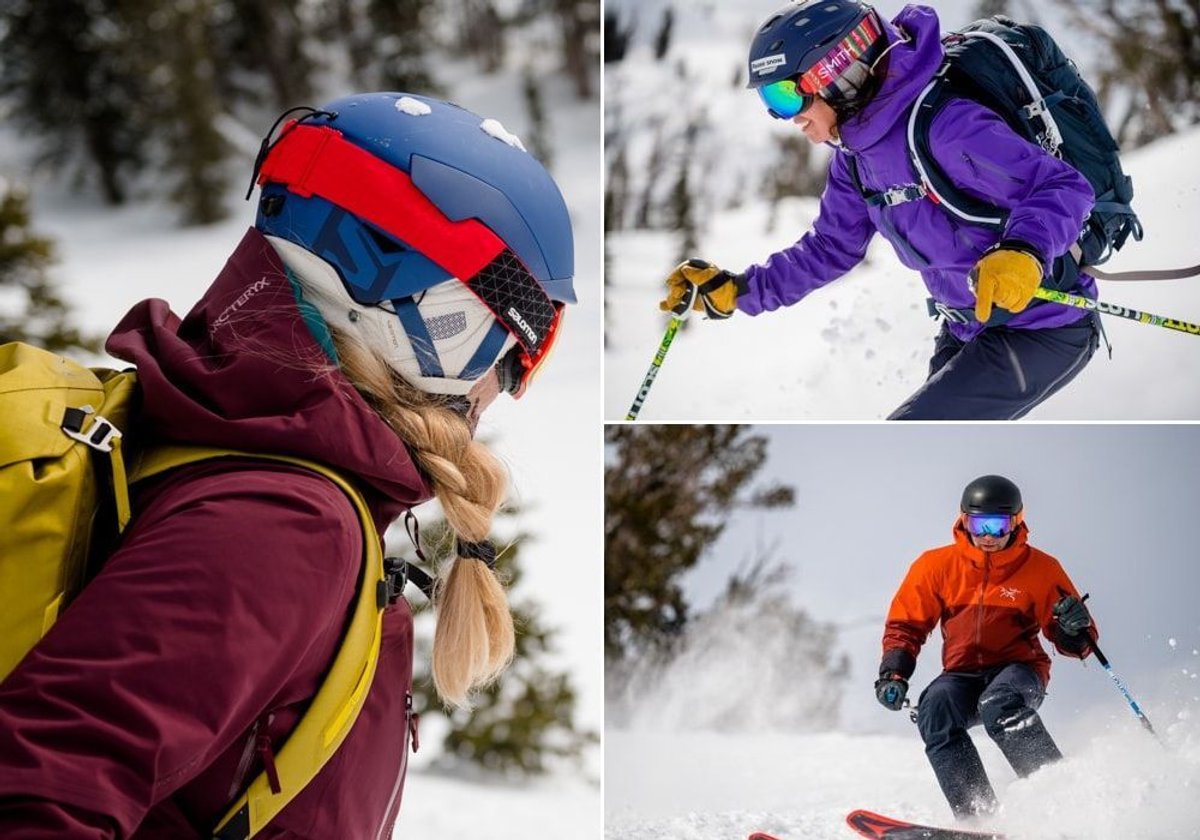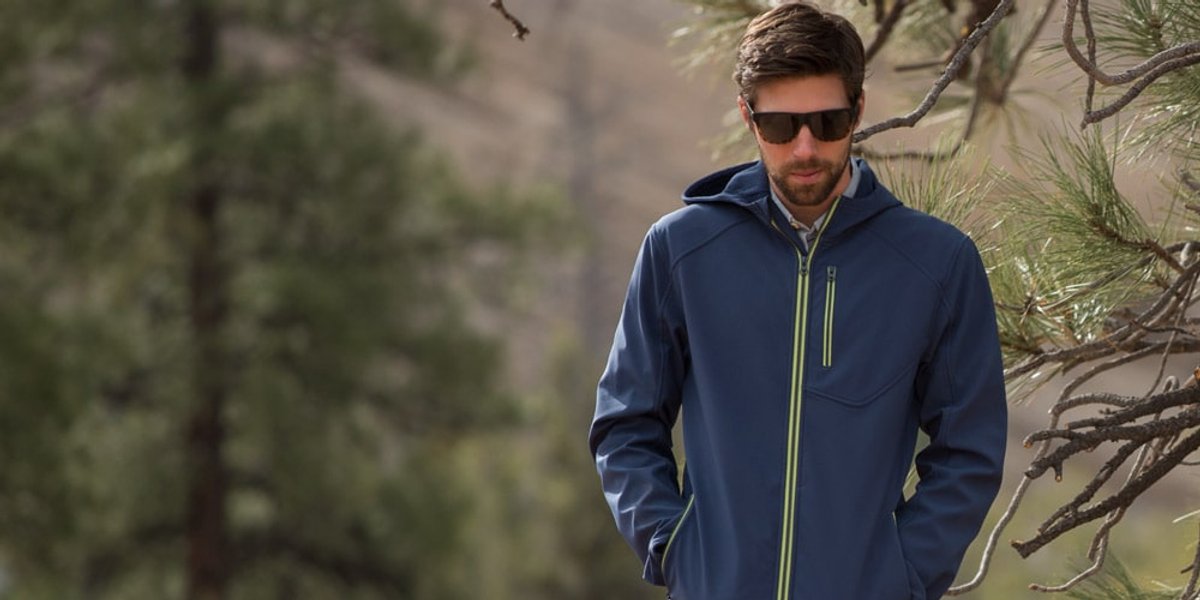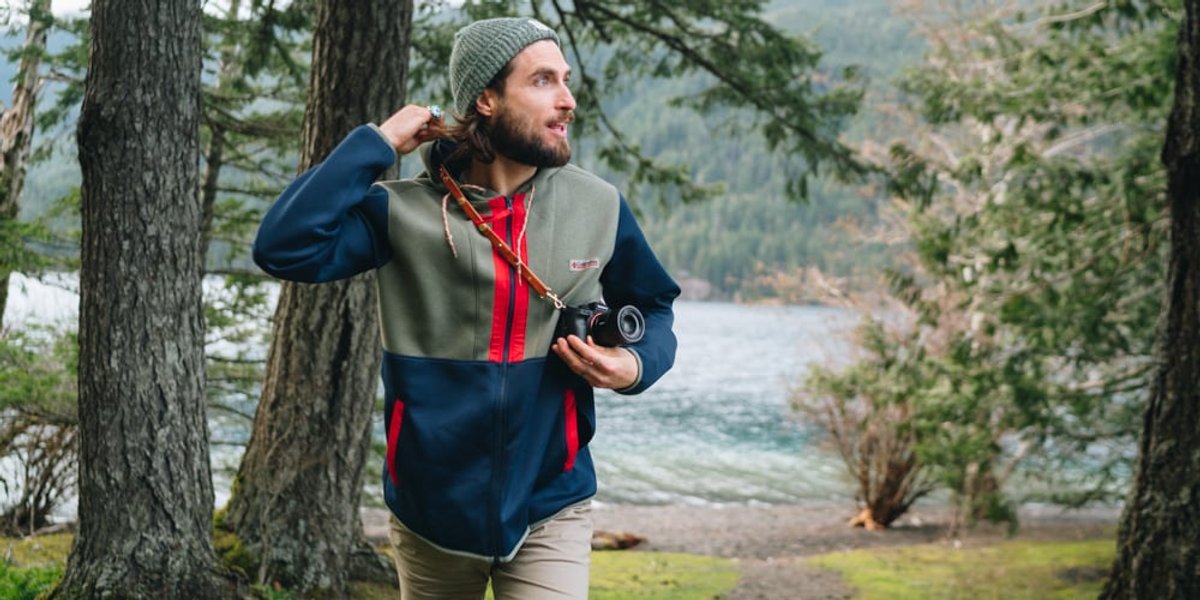
An Intro to Outdoor Jackets
Find the Right Jacket for Every Occasion
We all have our favorite outdoor pursuit, and arguably the most important piece of our gear kit for that pursuit is the jacket. Hikers, climbers, skiers, snowboarders, bikers, or mountaineers have to protect themselves from the elements, but gone are the days of one jacket that works for everything.
For example, I use a Gore-Tex 3-layer shell layered with a down jacket for skiing but a lightweight softshell for backpacking and hiking and another jacket for around town. To get you started on the path to understanding your jacket options, we’ve outlined the five most basic styles.
The Shell Jacket
A shell (or “hardshell”) jacket is your first layer of protection against wind, rain, and snow. Shell jackets forgo insulation in favor of versatility, simplicity, and weight savings. Single, double, or triple-layer synthetic material makes the shell jacket durable, quick-drying, packable, and, often, highly breathable. Waterproof membranes such as Gore-Tex, HyVent, or eVent, water-repellent coatings (DWR), and windproof technologies such as Windstopper, protect you from the elements without adding significant weight.

Read more about waterproof technologies and materials
The most basic shells include only a few comfort and technical features, such as waterproof front closures, vents, adjustable hoods, and hand or chest pockets. This inherent simplicity creates a reliable and versatile layering piece for all four seasons. Rain jackets for hiking, wind jackets for running and biking, and technical shells for mountaineering may fall into that category. Many ski and snowboard shells, however, include additional features such as powder skirts, wrist gaiters, goggle pockets, and headphone ports that make them perfect for skiing or riding, but less comfortable for other activities.
During the warmer months, a shell can be worn directly over your baselayer for hiking, biking, or running in foul weather, and during the colder months it’s easily layered over a fleece or puffy jacket for skiing or snowboarding.
Read more about selecting a shell jacket
The Softshell Jacket
A softshell jacket is perhaps the most versatile of the five types of jackets. This jacket is defined by its soft, flexible body material, typically made of stretch-woven polyester or nylon and elastane, and it can be worn as a midlayer in severe weather or as an outer layer in moderate weather. Although a fleece or insulated jacket typically provides more warmth and a shell jacket offers more protection from wind and wet weather, the softshell provides a balance of both benefits, and its high level of breathability makes it a great choice for aerobic activities—hiking, running, biking, and cross-country skiing, to name a few. The stretchiness of softshell jackets makes them a great choice for climbing, and their overall comfort makes them popular for everyday wear.

While the most basic softshell jacket includes standard features like front hand pockets, a front-zip closure, and fit adjustments, a technical softshell often adds features like ultralight materials, stretch ventilation panels, a highly water-resistant external coating, a technical hood, or a windproof or wind-resistant lining. Like shell jackets, softshells can be worn year-round, though often in a different place in your layering system.
Read more about softshells
The Insulated Jacket
Insulated jackets generally rely on either down or a synthetic fill such as PrimaLoft, Coreloft, or Thermoball to trap body heat. There are two primary types of insulated jackets designed for active outdoor wear: insulated ski/snowboard jackets and lightweight insulated jackets, often referred to as “puffies.”

Insulated ski and snowboard jackets may feature either synthetic or down insulation, in a wide range of amounts. What they will have in common is a layer of insulation covered by a waterproof or highly water-resistant shell that’s a lot burlier and more protective than a puffy’s shell material.
Lightweight insulated jackets are easy to pack in a backpack or duffel and are highly effective at trapping body heat. Unlike an insulated ski jacket or shell jacket, the puffy jacket usually features only single-layer polyester or nylon face fabric and offers little protection from wind or wet weather, so it’s best worn as a midlayer, in place of a fleece or softshell jacket, or as an outer layer in cold, dry conditions. Often an essential piece of kit for cold-weather sports like skiing, snowboarding, ice climbing, and winter mountaineering, an insulated jacket offers the best possible weight-to-warmth ratio of any of the five styles of jackets.
It should be noted that many casual jackets are also insulated, often quite a bit; here we’re focusing on those worn for outdoor activities. While many insulated ski jackets or puffies can do double-duty as everyday jackets, it doesn’t usually work the other way; for the most part, an insulated casual jacket will not have the weather resistance and/or the features that would make it right for a day on the slopes or a winter camping trip.
Read more about insulated jackets
The Fleece Jacket
Named for its polyester material that mimics pile wool, the fleece jacket feels soft, lightweight, and warm. A fleece is an excellent outer layer for cool-to-cold temperatures in dry conditions, and can be worn beneath a shell jacket in place of a softshell or insulated jacket in cold, wet conditions. Synthetic fleece material, such as Polartec, maintains its warmth even when wet and dries quickly, so it’s particularly useful for almost any season and nearly any activity.

Fleece jackets come in a variety of weights, with the heaviest-weight fleeces offering the most warmth. Pile-style material makes fleece jackets even warmer, and because they are more durable than many synthetic- or down-insulated jackets, many mountaineers and climbers favor them as layering pieces.
Technical fleece jackets sometimes feature windproof or water-repellent technology for additional protection against the elements. Polyester-based synthetic fleece was originally created to serve as a cost-effective, light, quick-drying, and easy-to-maintain alternative to traditional pile wool or cotton-fleece material. However, due its natural breathability, odor resistance, softness, and warmth, merino wool has begun to steer a portion of this category of jackets back toward natural materials.
Read more about fleece jackets
The Casual Jacket
Casual jackets encompass a wide range of styles and functions, including all of the types of jackets discussed above. Materials can range from heavy-duty waterproof fabrics to lightweight synthetic or cotton canvas, mid- to heavyweight wool, and more. They may be designed for frigid winters in the city, or they may only offer only a touch of protection from wet weather, heavy wind, or extreme weather conditions. Styles can vary greatly, including trench coats, pea coats, “military” jackets, blazers, bombers, down parkas, and more.

One thing you’ll generally find casual jackets have in common is a focus on style. Here you’ll find more urban aesthetics and modern fits and fewer technical fabrics and treatments than in the other categories. Some brands use fleece, softshell, or water-resistant fabrics to bring a bit of outdoor functionality to this category, but casual jackets still make form a priority over function. Casual jackets are most suited for work, travel, or errands around town.